1. Mercury
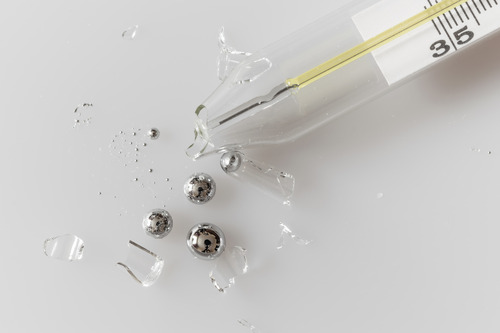
In the 18th and 19th centuries, mercury was frequently used in beauty products, particularly skin lighteners and anti-aging creams. Women used it in the belief that it would help smooth out wrinkles and brighten their skin. Unfortunately, mercury is extremely toxic, and regular exposure caused serious health issues, including mercury poisoning, which could result in tremors, kidney failure, and even death. Despite its dangers, many beauty brands marketed mercury-based products for years, and some women unknowingly used them, desperate for flawless skin shares the FDA.
Mercury wasn’t just found in creams and lotions, either. It was also a key ingredient in soaps, facial powders, and hair tonics, which caused long-term health issues for many people. Today, the use of mercury in cosmetics is strictly regulated, but its history in beauty products remains a reminder of how far we’ve come in our understanding of safety and skincare adds NYC.gov.
2. Lead

Lead, like mercury, was another dangerous substance commonly used in cosmetics for centuries. In ancient Egypt, both men and women used lead-based face paints to achieve a pale complexion, which was considered a symbol of wealth and status. The most famous example of lead use is kohl, a dark powder applied to the eyes, which also contained lead. While it was believed to ward off the “evil eye,” its toxic properties were overlooked says the Campaign for Safe Beauty Products.
For centuries, lead continued to be used in beauty products like foundation and lip color, even though it could cause severe damage to the nervous system, especially when absorbed over time. It wasn’t until the 20th century that concerns about lead poisoning prompted major changes in cosmetic formulations. Still, traces of lead are found in some products today, reminding us of how harmful substances were once deemed safe for beauty adds Reddit.
3. Arsenic
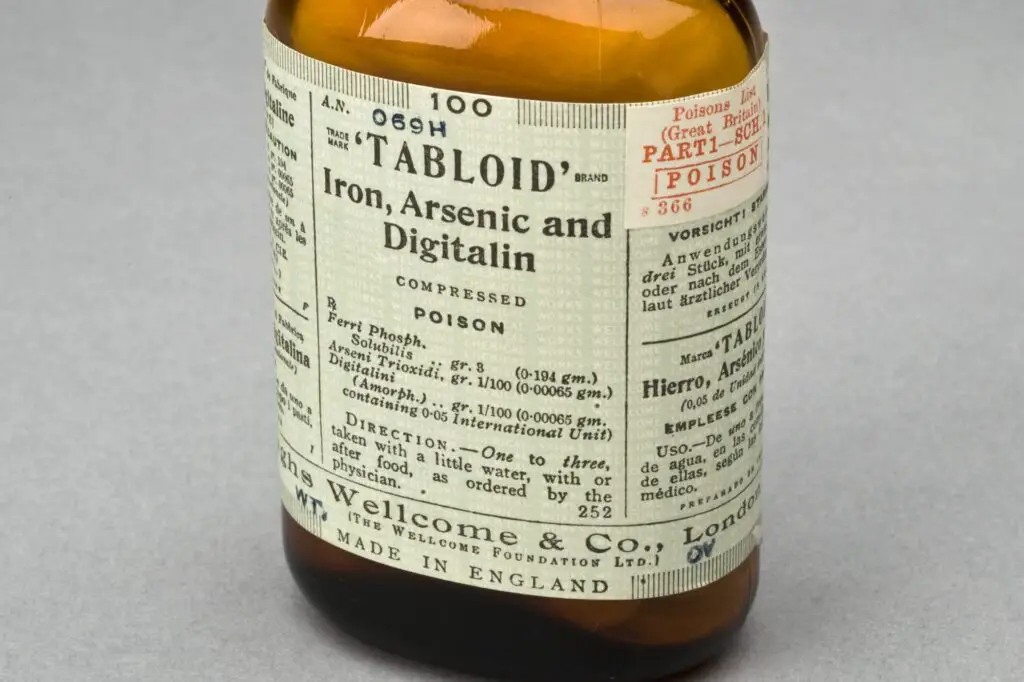
Arsenic, a known poison, was once used in small amounts to “enhance” skin complexion and reduce freckles. In the 19th century, arsenic-based powders, known as “arsenic wafers,” were marketed as beauty products that promised to whiten skin and promote a youthful appearance. Women, eager for lighter skin, would use these wafers with little regard for the dangerous side effects, which included hair loss, vomiting, and even death.
The idea behind the use of arsenic was that it would improve circulation and give skin a glowing, radiant appearance. Unfortunately, it did just the opposite, harming internal organs and causing irreversible damage. Despite its toxic nature, arsenic continued to be sold for beauty purposes until medical science proved the danger it posed.
4. Lard

Lard, the rendered fat from pigs, has been used in skincare and hair care for centuries. In the 19th century, it was a common ingredient in soaps and creams, with many believing it would keep skin soft and moisturized. Some even used lard as a base for homemade face masks, hoping it would smooth out wrinkles and restore youthful elasticity.
While lard might not sound like a luxurious ingredient, it was praised for its ability to hydrate dry skin. Today, the use of lard has been replaced by synthetic oils and creams, but in the past, it was a go-to for many who didn’t have access to more expensive beauty treatments. Ironically, it might not be as bad for the skin as some of the more toxic ingredients on this list, but it still wasn’t exactly glamorous.
5. Leeches
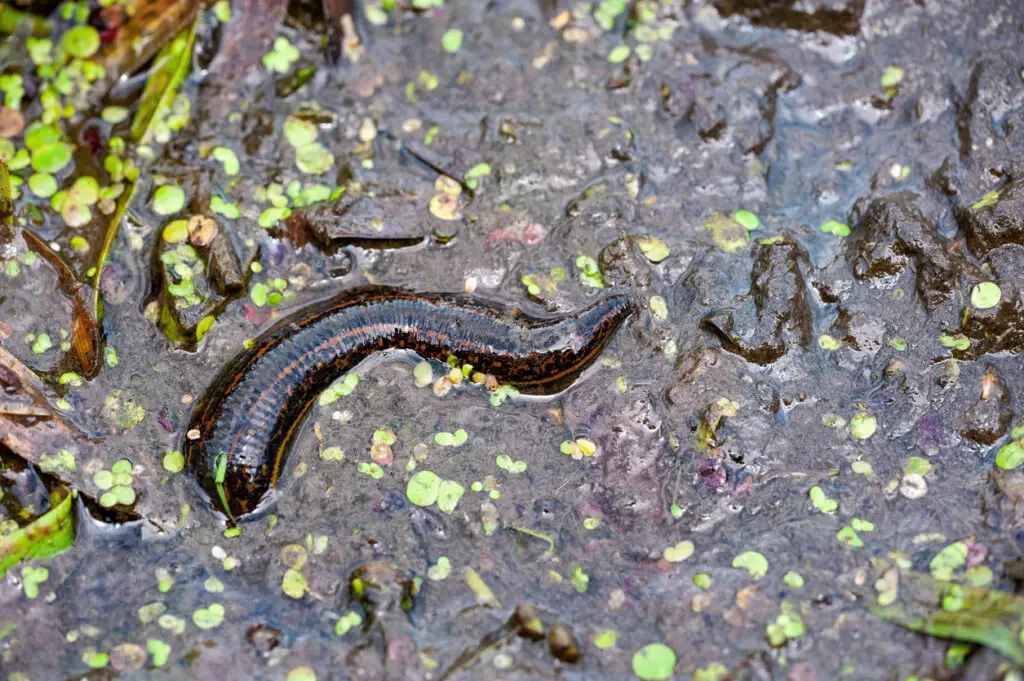
In the 19th century, leeches were used not only for medical purposes but also as part of beauty treatments. The belief was that they could improve the complexion by drawing out “impurities” from the skin. Women would place leeches on their faces in the hopes that the bloodsuckers would remove toxins, leaving behind clearer skin.
This bizarre practice was linked to the belief in “humorism,” the idea that an imbalance of bodily fluids caused disease and poor health. By bleeding a person, it was thought that they could achieve balance and thus better skin. While it might sound like something out of a horror story, the use of leeches as a cosmetic treatment was taken seriously for centuries.
6. Bat Poop
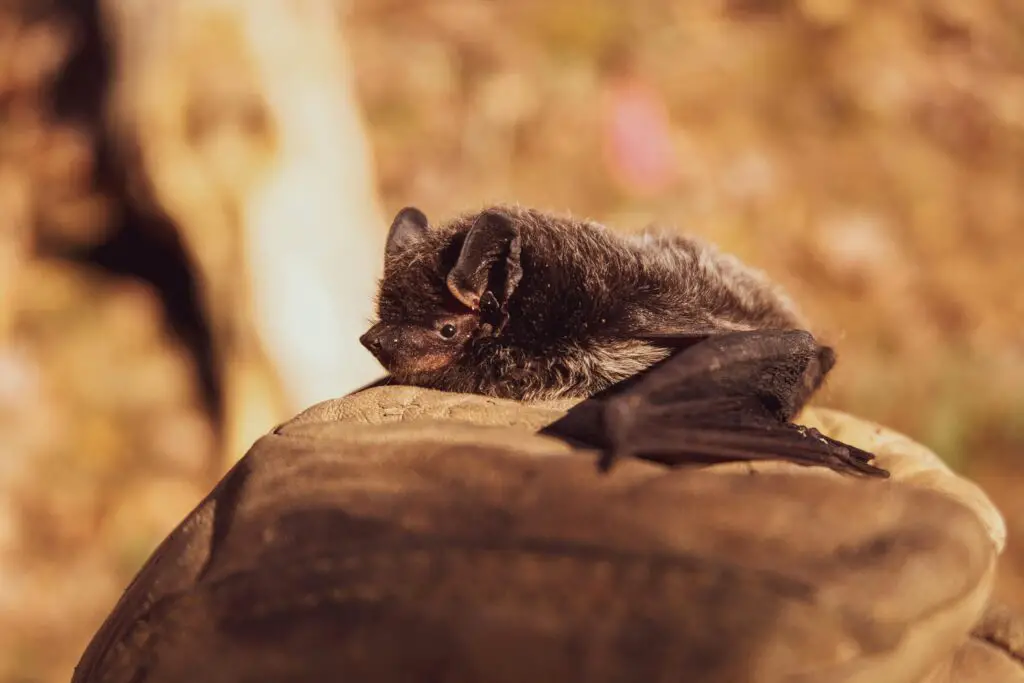
Yes, bat poop, or guano, was once an essential ingredient in some beauty regimens. In ancient China, women would mix bat droppings with other ingredients to create facial masks believed to cleanse the skin and restore its radiance. The droppings were said to have antiseptic properties that helped fight acne and other skin imperfections.
Though it may sound gross today, bat guano was highly prized for its ability to treat skin conditions. This unusual beauty remedy lasted well into the 20th century before being replaced by more hygienic options. While there is no modern evidence to support its effectiveness, the fact that it was once a popular beauty trend shows how far beauty standards and science have evolved.
7. Urine

Urine, specifically “distilled” urine, was used as a skin-lightening agent in ancient Rome and throughout medieval Europe. Wealthy women would often bathe in urine, believing it had purifying properties that could keep the skin clear and smooth. The ammonia in urine was thought to cleanse and exfoliate, and many believed it could treat wrinkles and age spots.
In some cultures, urine was even used as a shampoo to strengthen and grow hair. While it’s hard to imagine using urine in our beauty routines today, it was considered a useful and even luxurious beauty product back then. Nowadays, ammonia-based products are still used in cleaning and cosmetic formulations, but thankfully, no one is bathing in urine anymore.
8. Sandalwood Oil
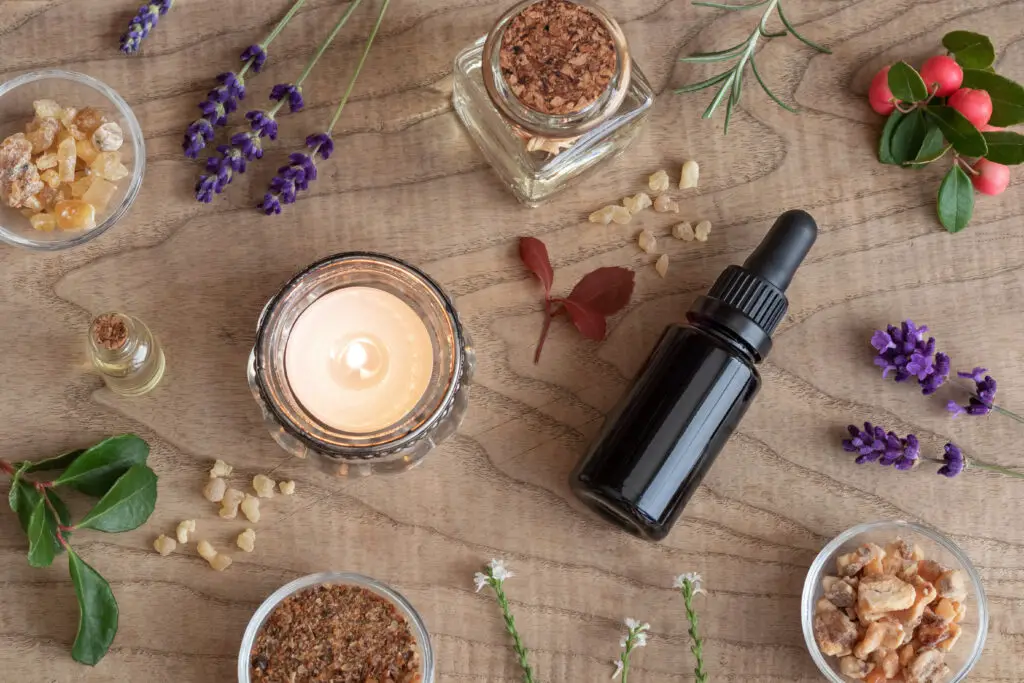
Sandalwood oil has long been a cherished ingredient in perfumes and beauty treatments, especially in ancient India. However, in the past, it wasn’t just prized for its scent; it was believed to have almost magical properties. People would apply sandalwood oil to their faces to cool down the skin, prevent sunburn, and brighten their complexion.
Though the oil is still used today for its calming properties, many of the more extreme claims about its benefits have been debunked. Despite this, sandalwood oil was once considered a key element of beauty rituals for both men and women, and its use dates back thousands of years.
9. Snail Slime
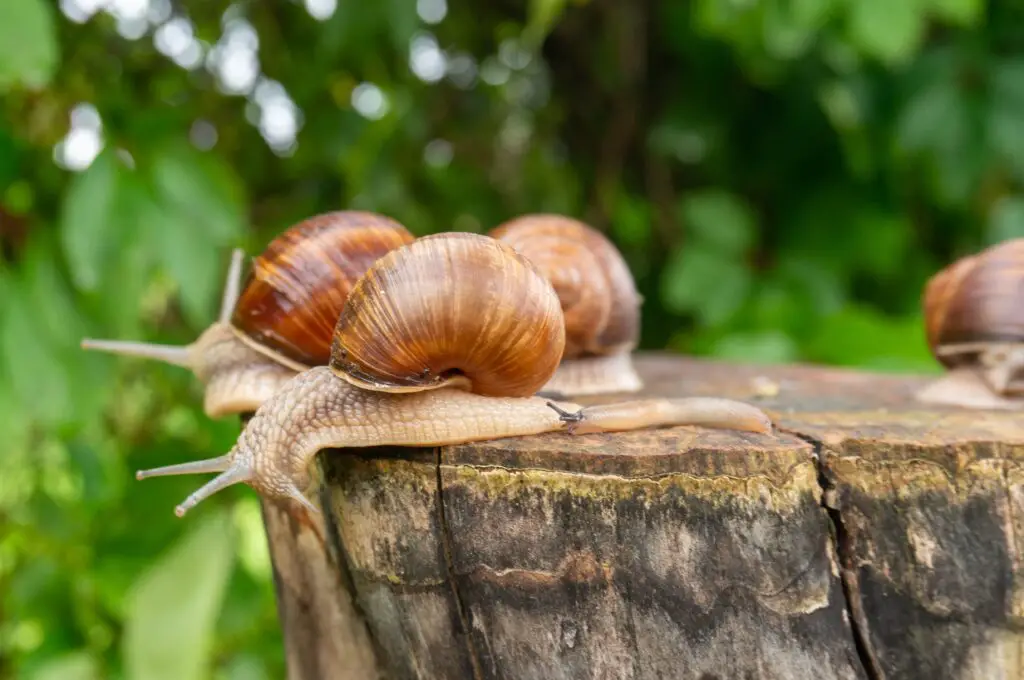
Snail slime was used by ancient Greeks and Romans as a skincare product for treating wrinkles and scars. Today, snail mucin is a popular ingredient in some high-end skincare lines, but in the past, it was collected directly from snails and applied to the skin in its natural form. The slime was believed to contain collagen and other skin-boosting properties that could help rejuvenate the skin.
While we now know that snail slime can be beneficial for the skin, it’s still a bit odd to think about using live snails for beauty treatments. The use of snail mucus in skincare has surged in recent years, but it’s now carefully harvested, often synthetically produced, and less messy than the ancient method.
10. Dead Sea Salt

The Dead Sea, located between Jordan and Israel, has long been famous for its mineral-rich waters. In the past, people believed that bathing in the sea or using its salt could not only improve skin but also cure a variety of ailments. It was used to treat everything from acne to arthritis, with the minerals thought to be both soothing and healing.
The minerals in Dead Sea salt, like magnesium and potassium, are still prized in skincare today, but the ancient practice of slathering yourself in the salt for various beauty purposes was often done without any scientific understanding. Though many still visit the Dead Sea for its therapeutic properties, modern beauty products have refined the practice for less messy and more effective results.
11. Pearls
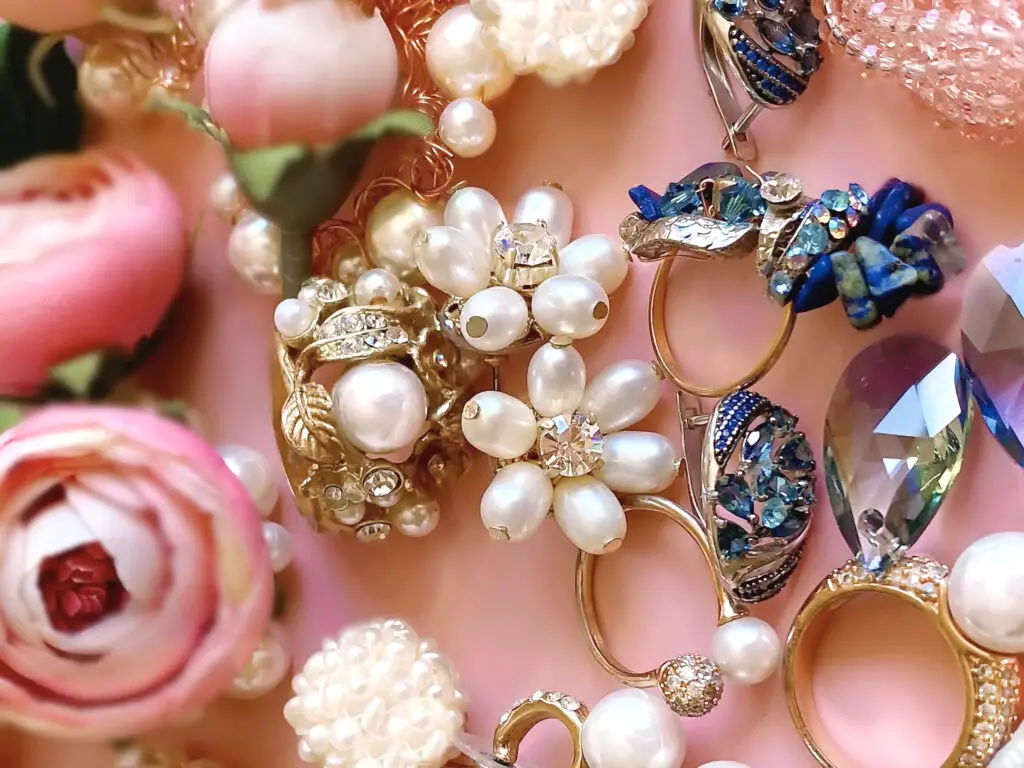
Pearls were once crushed and used as an ingredient in beauty products in various ancient cultures, including in China and Egypt. The belief was that the finely ground powder could help brighten the skin and reduce the appearance of wrinkles. Pearls were seen as symbols of beauty and purity, and their powder was thought to have almost magical powers when applied to the skin.
While crushed pearls are no longer a common ingredient in skincare products, they were used for centuries in cosmetics. The powder would be mixed into creams and lotions to create a smooth, luminescent complexion. Today, pearl powder is still used in some high-end products, but its use is less common than in the past.
12. Honey
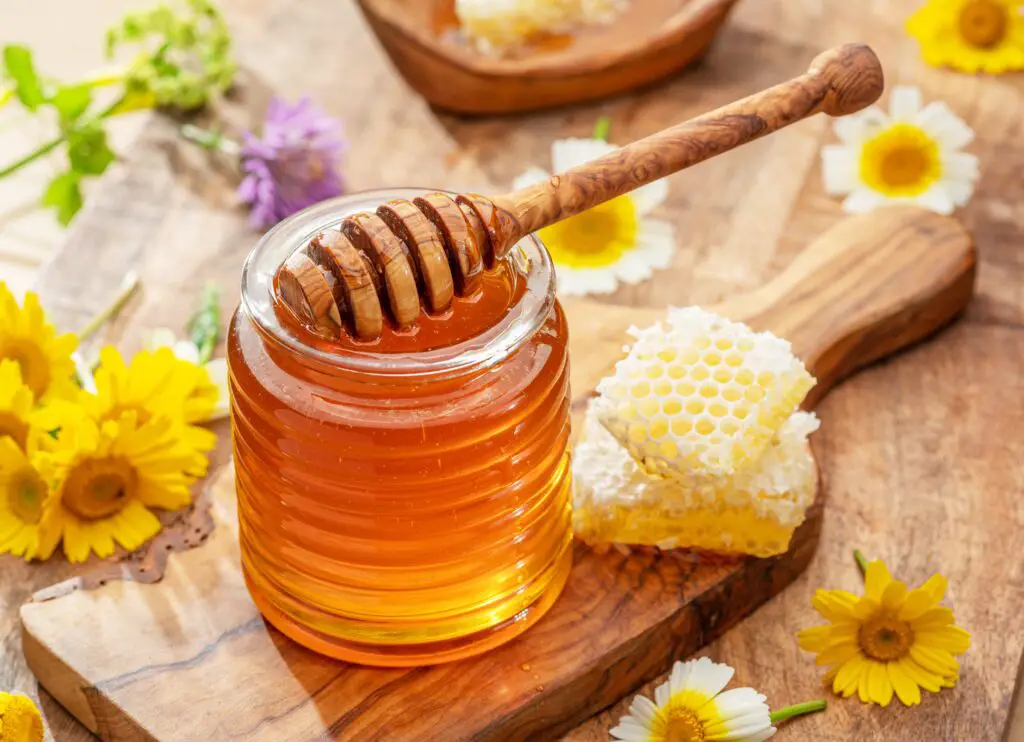
Honey has always been a beloved natural product, but in the past, it was more than just a sweet treat—it was a common ingredient in beauty treatments. Ancient Egyptians used honey in masks and skin treatments for its antibacterial properties and its ability to nourish dry skin. It was also believed to have anti-aging benefits and was frequently included in face masks and body scrubs.
While honey is still used today in many skincare products, it’s fascinating to think about how it was revered as an essential beauty ingredient centuries ago. Even Cleopatra is said to have used honey in her beauty routine, which just goes to show that this sticky substance has been considered a luxurious beauty product for millennia.
